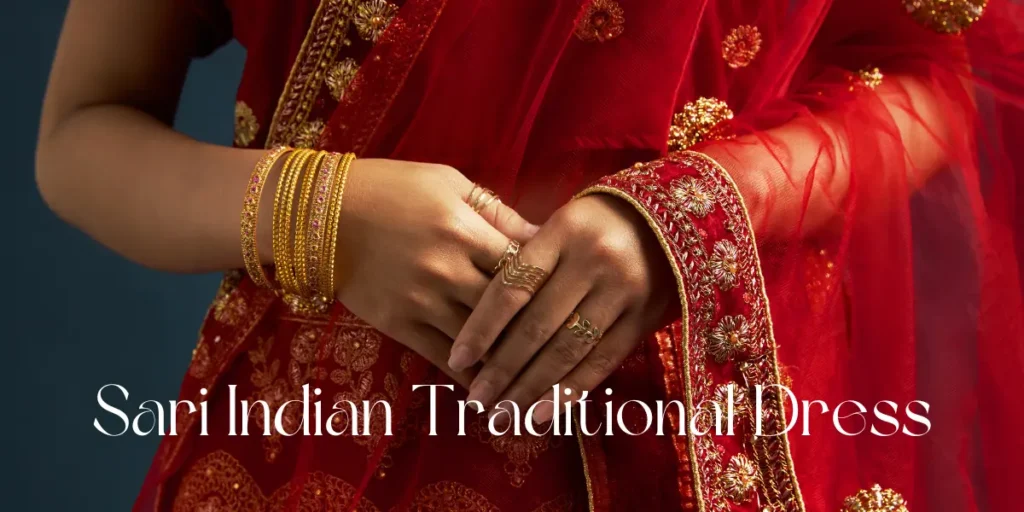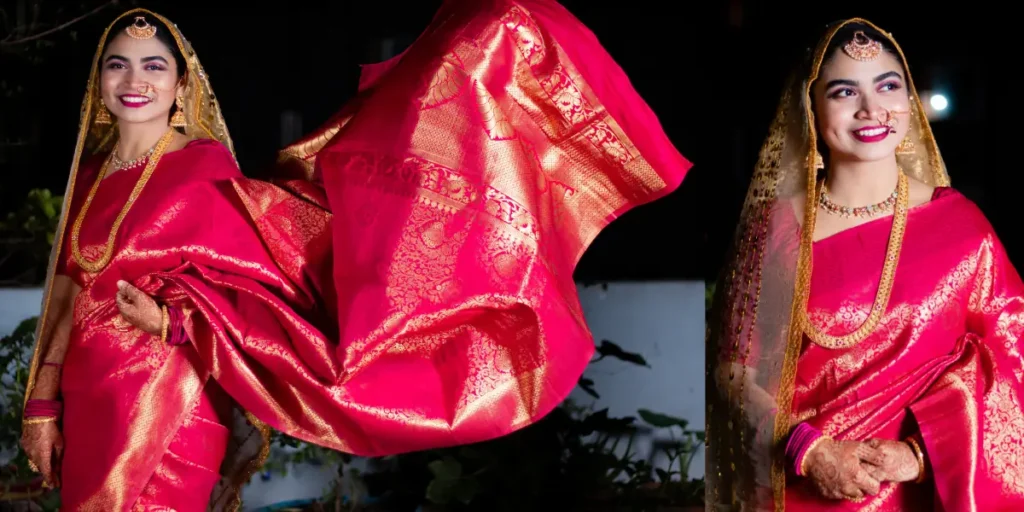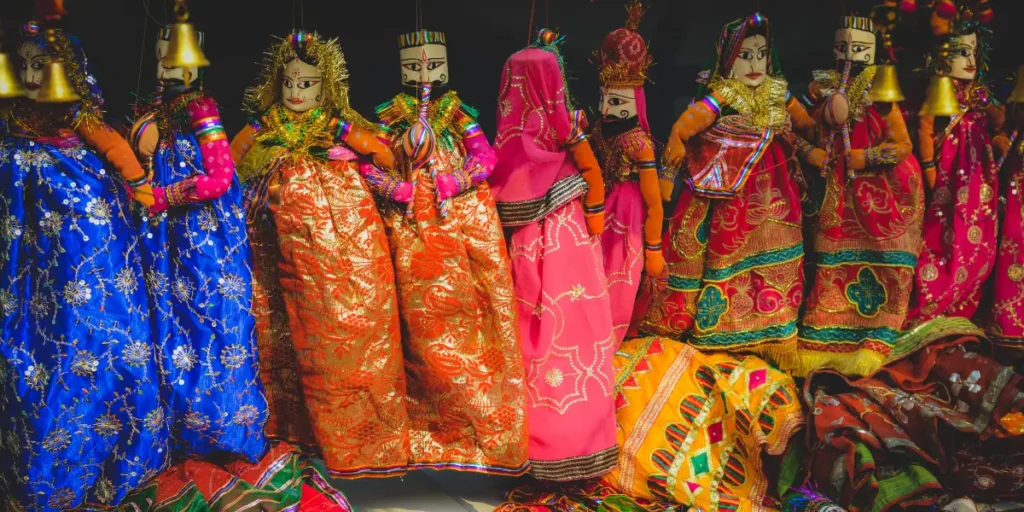The sari Indian traditional dress is more than just a piece of fabric; it is a symbol of India’s rich cultural heritage, an embodiment of grace, and a timeless fashion statement. Worn by women across the country and admired globally, the sari has remained a cornerstone of Indian attire for centuries. From vibrant festivals to elegant weddings, the sari finds its place in every celebration, transcending regions, religions, and generations.

What Makes the Sari Indian Traditional Dress Special?
The sari, a seamless garment typically ranging between five to nine yards in length, is draped gracefully around the body. Unlike other forms of clothing, it requires no stitching, making it a versatile outfit that fits all body types. This adaptability is one of the reasons why the sari Indian traditional dress has remained relevant across eras.
What sets it apart is the way it effortlessly combines comfort and style. Whether woven from rich silks or lightweight cotton, the sari is an ideal choice for any occasion, from casual gatherings to formal events.
A Journey Through the History of the Sari Indian Traditional Dress
The history of the sari dates back thousands of years, with roots in the Indus Valley Civilization (2800–1800 BCE). Ancient sculptures and paintings depict women draped in what resembles the modern sari. The term “sari” itself is derived from the Sanskrit word “sati,” meaning a strip of cloth.
Throughout history, the sari Indian traditional dress has evolved, adapting to the changing tastes and preferences of Indian women. Each region of India has contributed to the sari’s evolution, with unique weaving techniques, patterns, and draping styles that reflect local traditions.

Regional Varieties of the Sari Indian Traditional Dress
India’s vast cultural diversity is reflected in its saris. Each region has its signature style, fabric, and design, making the sari a truly versatile garment. Here are some iconic types:
- Banarasi Sari: Originating from Varanasi, these saris are known for their intricate gold and silver brocade work.
- Kanjeevaram Sari: Hailing from Tamil Nadu, this silk sari is famous for its vibrant colors and contrasting borders.
- Chanderi Sari: A lightweight option from Madhya Pradesh, blending silk and cotton for a subtle, elegant look.
- Bandhani Sari: A tie-dye marvel from Gujarat and Rajasthan, featuring bright colors and intricate patterns.
- Paithani Sari: A regal sari from Maharashtra with traditional motifs and gold thread work.
Each variety of the sari Indian traditional dress has its own story, showcasing the artistry and craftsmanship of Indian weavers.
The Art of Draping a Sari
Draping the sari Indian traditional dress is an art form in itself. There are over 100 documented ways to drape a sari, each unique to a specific region or occasion. Some popular draping styles include:
- Nivi Style: The most common drape, originating from Andhra Pradesh, involves tucking pleats in the front and draping the pallu over the shoulder.
- Bengali Style: Characterized by a wider pleat and a pallu that drapes over both shoulders.
- Gujarati Style: Features a pallu draped in the front, showcasing the intricate designs.
- Maharashtrian Style: Resembling a dhoti, this style is perfect for ease of movement.
Mastering these draping techniques allows wearers to experiment with the sari, adding a personal touch to their style.

The Sari in Modern Fashion
While deeply rooted in tradition, the sari Indian traditional dress has seamlessly blended into modern fashion. Contemporary designers have reimagined the sari, introducing pre-stitched versions, lehenga-style drapes, and unconventional fabrics like net and georgette. Bollywood celebrities and global influencers frequently showcase the sari, reaffirming its universal appeal.
Caring for Your Sari Indian Traditional Dress
Preserving the beauty of a sari requires proper care:
- Silk Saris: Store in a muslin cloth to prevent discoloration and air them occasionally to avoid moisture buildup.
- Cotton Saris: Wash separately with mild detergent to maintain their vibrant colors.
- Embroidered Saris: Dry clean to protect delicate work and ensure longevity.
With the right care, a sari Indian traditional dress can last for generations, becoming a cherished family heirloom.
FAQs
How old is the sari Indian traditional dress?
The sari is believed to be over 5,000 years old, with its roots in the Indus Valley Civilization.
What fabrics are commonly used for saris?
Saris are crafted from a variety of fabrics, including silk, cotton, chiffon, and georgette, depending on the region and occasion.
Can the sari Indian traditional dress be worn daily?
Yes, lightweight saris made from cotton or chiffon are perfect for everyday wear, offering comfort and elegance.
What accessories pair best with a sari?
Traditional jewelry, such as jhumkas, bangles, and a statement necklace, complements the sari beautifully.
How can I modernize my sari look?
Experiment with unconventional blouses, belts, or contemporary draping styles to give your sari a modern twist.
Where can I buy an authentic sari Indian traditional dress?
Authentic saris can be purchased from local artisans, traditional markets, or online platforms specializing in Indian ethnic wear.
Conclusion
The sari Indian traditional dress is not merely an outfit but a celebration of India’s cultural richness and diversity. Its timeless appeal, adaptability, and symbolic value make it a garment that transcends trends and unites generations. Whether you’re attending a wedding, celebrating a festival, or simply embracing your roots, the sari remains an unmatched choice for elegance and tradition. Explore the world of saris today, and carry forward the legacy of this iconic attire.